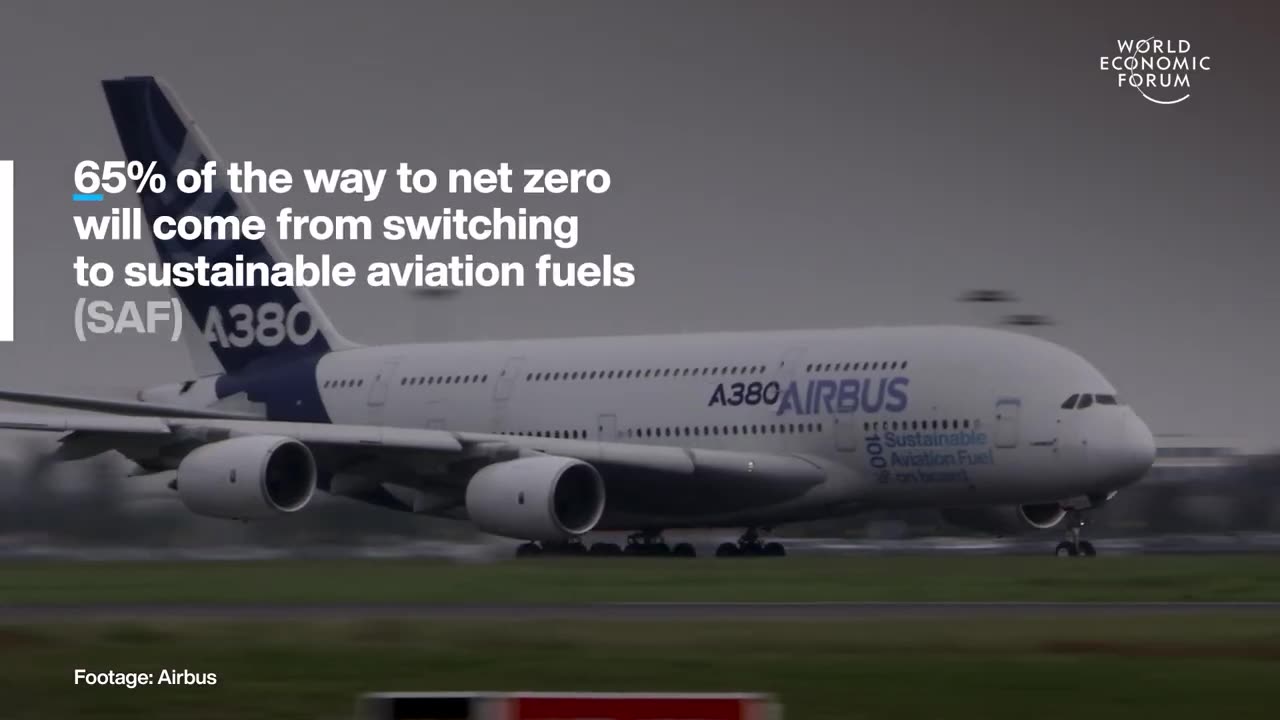Premium Only Content

Silicon Valley Bank Collapse Explained | AI Detects Lung Cancer | WEF
This week's top stories of the week include:
0:15 Silicon Valley Bank collapse explained - On 10 March, Silicon Valley Bank (SVB) failed after a ‘run’ on the bank from customers wishing to draw cash. The bank didn’t have enough funds to pay them. So federal regulators had to step in and shut it down.
Silicon Valley Bank is the biggest US bank to fail since the 2008 financial crisis and the second-biggest ever. Just a few days ago, it was a respected player in the tech space, with thousands of venture capital-backed start-ups among its customers. So how did things go wrong so quickly?
Watch the video to learn more about the Silicon Valley Bank collapse.
2:14 Aviation will be net zero by 2050 - Altogether, aviation is currently responsible for 2.5% of global emissions. Without action to reduce emissions, demand could see this soar 300% by 2050.
65% of the way to net zero will come from switching to sustainable aviation fuels (SAF). Its production uses a fraction of the carbon footprint generated by petroleum fuel.
3:49 AI detects lung cancer better than humans - It reads routine chest X-rays to highlight up to 29 abnormalities. Including the patient’s risk of lung cancer so a radiologist can take a look. Usually, human radiologists scour X-rays by eye. But 20% of lung cancer risks go undetected this way, causing a potential delay in diagnosis and poorer outcomes. The new tool was developed by Qure.ai and is being scaled up in partnership with AstraZeneca. The tool was trained using over 4 million X-rays. In trials, it was 17% more sensitive than a human. Early data indicates impressive accuracy for identifying risk of malignancy
5:18 Researchers restore movement for stroke victims - Doctors implant electrodes in the patient’s neck. These stimulate undamaged parts of the spinal cord and bring movement back to paralyzed arms and hands.
-
 LIVE
LIVE
Russell Brand
5 hours agoTrump in Gaza - a construction project? – SF533
7,956 watching -
 59:24
59:24
The Dan Bongino Show
3 hours agoThey Fell Right Into Trump's Trap (Ep. 2417) - 02/06/2025
516K884 -
 47:26
47:26
The Rubin Report
2 hours agoBill Gates Makes ‘The View’ Crowd Go Quiet with This Chilling Warning
42K98 -
 2:02:40
2:02:40
Steven Crowder
4 hours agoHow USAID Spread Fake News with Your Tax Dollars & Trump Took Down Title IX
314K190 -
 LIVE
LIVE
TheAlecLaceShow
1 hour agoGuests: Alex Marlow, Rep. Cloud & Rep. Gill | No Men In Women’s Sports | The Alec Lace Show
109 watching -
 52:02
52:02
PMG
16 hours agoHannah Faulkner and Pastor Mark Driscoll | WAKE UP CHURCH
389 -
 2:07:17
2:07:17
Matt Kohrs
12 hours agoMAX DEGEN TILT!!! (New Highs Incoming!) || The MK Show
45.9K2 -
 55:35
55:35
Grant Stinchfield
1 hour agoDemocrats Fight Against Trump is a Losing Battle as the Swamp Drains Itself
9.99K5 -
 LIVE
LIVE
The Shannon Joy Show
2 hours ago🔥HUGE Victory for Sanity - Trump Signs Executive Order Banning Trans Males From Women’s Sports! With Special Guest Alex Newman!🔥
636 watching -
 53:17
53:17
The Criminal Connection Podcast
9 hours agoKING OF CLUBS: Terry Turbo Story (PART 2) One Nation: The Early Days (90'S RAVE SCENE DOCUMENTARY)
6.88K1